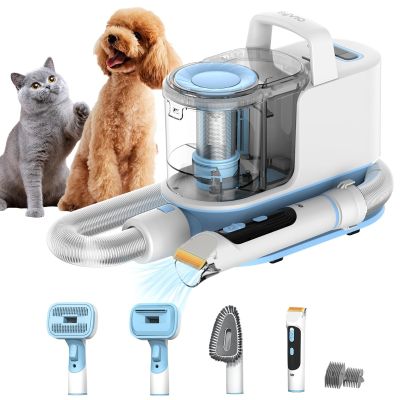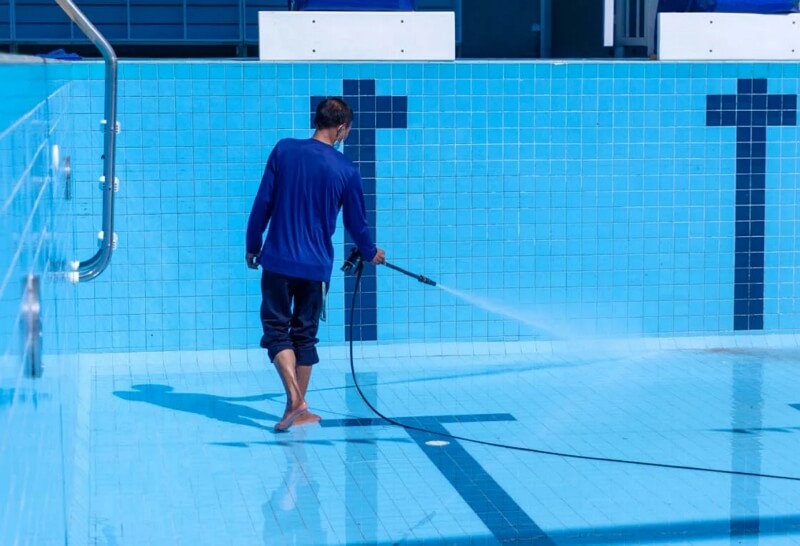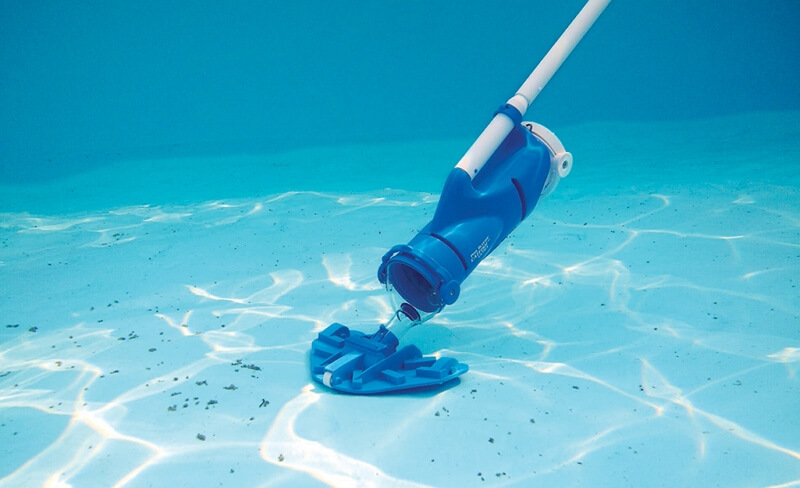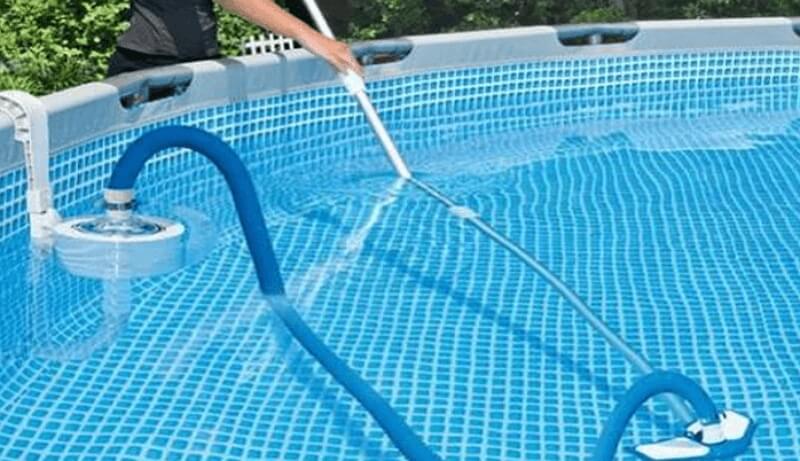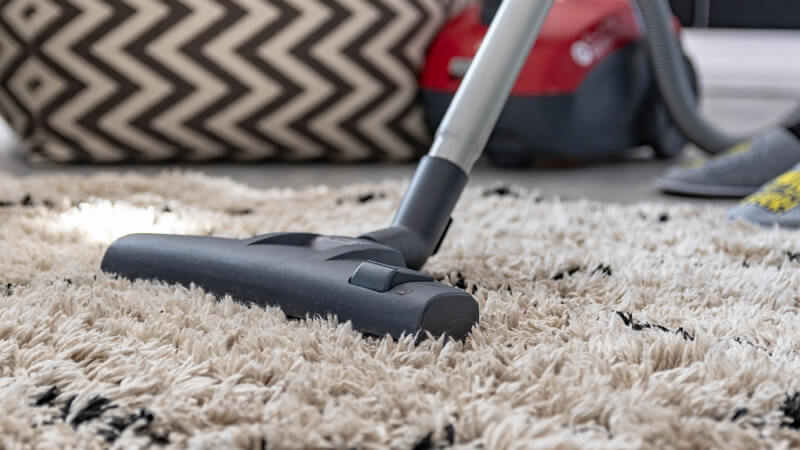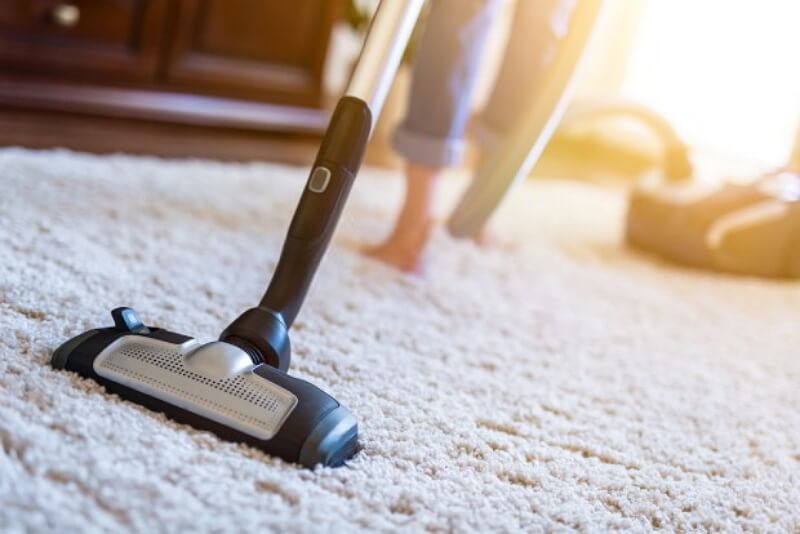Owning a pool is like having a personal oasis right in your backyard. It's a place for relaxation, exercise, and fun-filled gatherings. But as every pool owner knows, maintaining that crystal-clear water is no small feat. It requires regular cleaning, chemical balancing, and yes, vacuuming. One of the most effective, yet often misunderstood, methods of pool cleaning is vacuuming your pool to waste.
This guide aims to demystify this process, explaining what it means, why it's beneficial, and how to do it step-by-step. So, let's jump right in and get your pool looking its best.
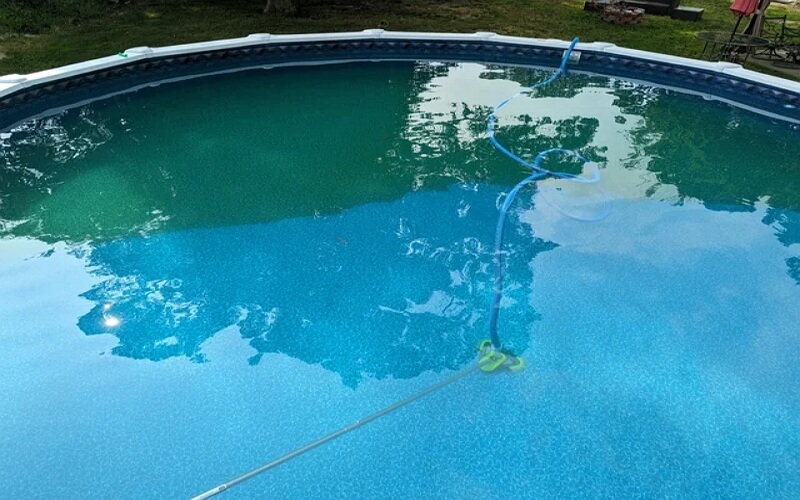

Part 1. What Does It Mean to Vacuum Your Pool to Waste?
Vacuuming your pool to waste is a specialized cleaning process where you bypass the pool's filtration system. Instead of sending the water through the filter, it goes directly out of the pool, essentially "wasting" it. This method is particularly useful for dealing with large amounts of debris, algae, or sediment.
Why Vacuum to Waste?
- Efficiency: This method allows for quick and efficient removal of debris, saving you time and effort.
- Filter Longevity: By bypassing the filter, you prevent potential clogs and extend the life of your filtration system.
- Deep Cleaning: Vacuuming to waste is ideal for tackling stubborn algae blooms or sediment that regular vacuuming can't handle.
- Post-Storm Cleanup: After a storm, your pool may be filled with leaves, twigs, and other debris. This method helps you clean it up in no time.
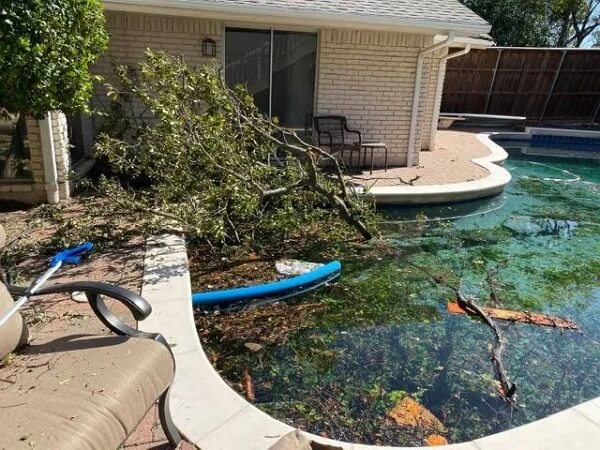

Part 2. How to Vacuum Pool to Waste?
Vacuuming your pool to waste may seem daunting, but it's actually a straightforward process. The key is to follow a series of steps carefully to ensure you're doing it right and not causing any damage to your pool or equipment.
Step 1: Preparation
Before you begin, make sure your pool water level is higher than usual. You'll be losing water during this process, so it's essential to have extra water to compensate for the loss.
Step 2: Set Up Your Vacuum
Connect your vacuum head to the telescopic pole and then attach the vacuum hose to the vacuum head. Make sure all connections are secure to prevent any leaks or disconnections during the process.
Step 3: Prime the Hose
Submerge the vacuum hose in the pool to remove all the air from it. This ensures that the hose fills with water, which is crucial for the vacuuming process to work effectively.
Step 4: Connect to Skimmer
Attach the other end of the hose to the skimmer. This is where the water will be drawn from as you vacuum.
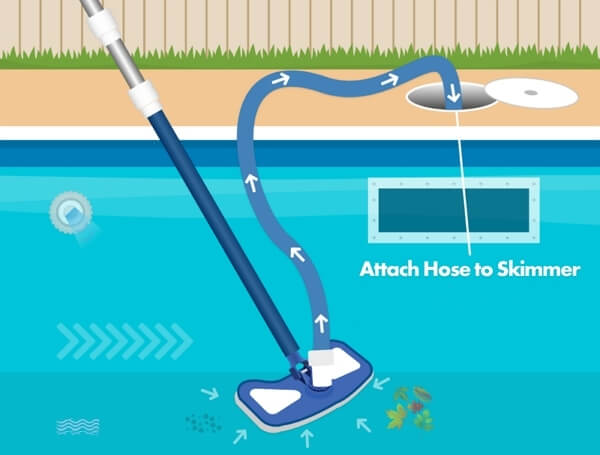

Step 5: Switch to Waste Mode
Turn your pool pump's multiport valve to the "Waste" setting. Always remember to turn off the pump before making this switch to prevent any damage.
Step 6: Start Vacuuming
Begin the vacuuming process. Move the vacuum head slowly across the pool floor, making sure to pick up all the debris.
Step 7: Monitor Water Level
Keep an eye on the pool's water level. If it drops too low, you risk damaging the pump. Stop vacuuming if the water level gets dangerously low.
Step 8: Turn off and Disconnect
Once you've finished vacuuming, turn off the pump and disconnect the vacuum. You've successfully vacuumed your pool to waste!
Part 3. How to Vacuum to Waste With No Waste Setting?
Not all pool pumps come with a "Waste" setting, which can make the vacuuming-to-waste process a bit challenging. However, there are alternative methods you can use to achieve similar results.
1. The Manual Drain Method: A Hands-On Approach
This method involves using a submersible pump to manually remove water from the pool as you vacuum. This method effectively mimics the "Waste" setting, allowing you to get rid of debris and contaminants directly.
Step-by-Step Guide
- Gather Supplies: You'll need a submersible pump, a discharge hose, and your regular pool vacuum setup.
- Position the Submersible Pump: Place the submersible pump at the deepest part of the pool, ensuring it's fully submerged.
- Attach the Discharge Hose: Connect a discharge hose to the submersible pump. Make sure the other end of the hose is directed to an area where it's safe to discharge water, like a drain or a part of your yard that needs watering.
- Turn On the Pump: Plug in the submersible pump and turn it on. This will start draining water from the pool.
- Begin Vacuuming: As the submersible pump operates, start vacuuming your pool as you normally would. The pump will remove the water along with the debris you vacuum up.
- Monitor Water Levels: Keep an eye on the water level. If it gets too low, turn off the submersible pump and stop vacuuming.
- Final Steps: Once you're done, turn off the submersible pump and remove it from the pool. You'll need to refill the pool to its normal water level.
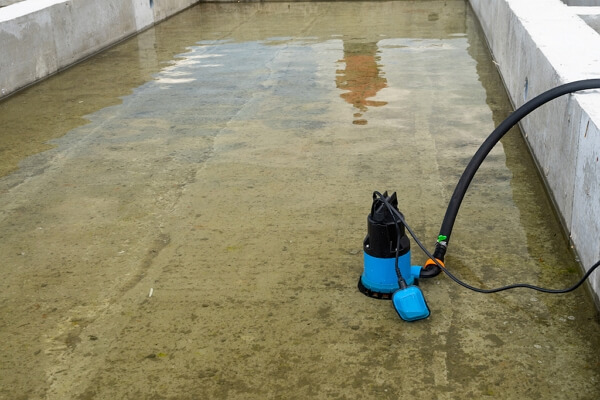

Pros & Cons
- Pros: Direct removal of debris, no need for specialized equipment beyond a submersible pump, good for large debris.
- Cons: Requires constant monitoring, can be labor-intensive, and you'll need to refill the pool afterward.
2. The Backwash Method: A Convenient Alternative
This method involves using the "Backwash" setting on your pool pump as an alternative to the "Waste" setting. While it's not as efficient, it can still help you remove debris and contaminants.
Step-by-Step Guide
- Preparation: As with the regular vacuum-to-waste method, make sure your pool's water level is higher than usual.
- Set Up Your Vacuum: Get your vacuum ready for action by connecting all the necessary parts.
- Switch to Backwash: Turn off your pool pump and then turn the multiport valve to the "Backwash" setting.
- Start the Pump: Turn the pool pump back on. This will reverse the flow of water, effectively "backwashing" your filter.
- Begin Vacuuming: Vacuum your pool as you would normally. The debris will be pushed out through the backwash hose.
- Monitor: Keep an eye on the sight glass on your multiport valve. When it clears, you've successfully backwashed your filter and removed debris.
- Return to Normal: Turn off the pump, switch the multiport valve back to "Filter," and turn the pump back on.
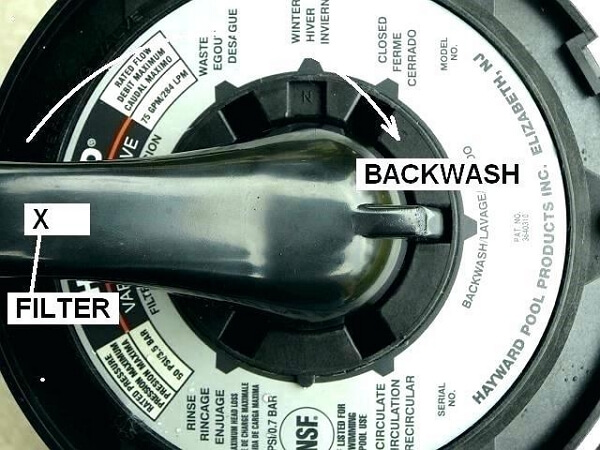

Pros & Cons
- Pros: Utilizes existing equipment, less labor-intensive than manual draining, no need to monitor as closely.
- Cons: Not as efficient for removing large debris, puts more strain on the filter, may require multiple backwash cycles for heavily contaminated pools.
Bonus: The Best Pool Vacuum You Should Never Miss!
The AiDot Enhulk Cordless Pool Vacuum is a versatile and efficient tool for pool maintenance. It comes with a strong motor, powerful suction, long runtime, fast charging, and a 7.3FT telescopic pole. It also includes four reusable filter bags and can handle various types of debris.
Conclusion
Vacuuming your pool to waste is an effective and efficient method for tackling large amounts of debris and contaminants. Whether your pool pump has a "Waste" setting or not, there are ways to get the job done.
If you're looking for a reliable pool vacuum, the AiDot Enhulk Cordless Pool Vacuum is an excellent choice, offering a range of features to make your pool maintenance a breeze. So go ahead, dive in, and enjoy your sparkling clean pool!


















